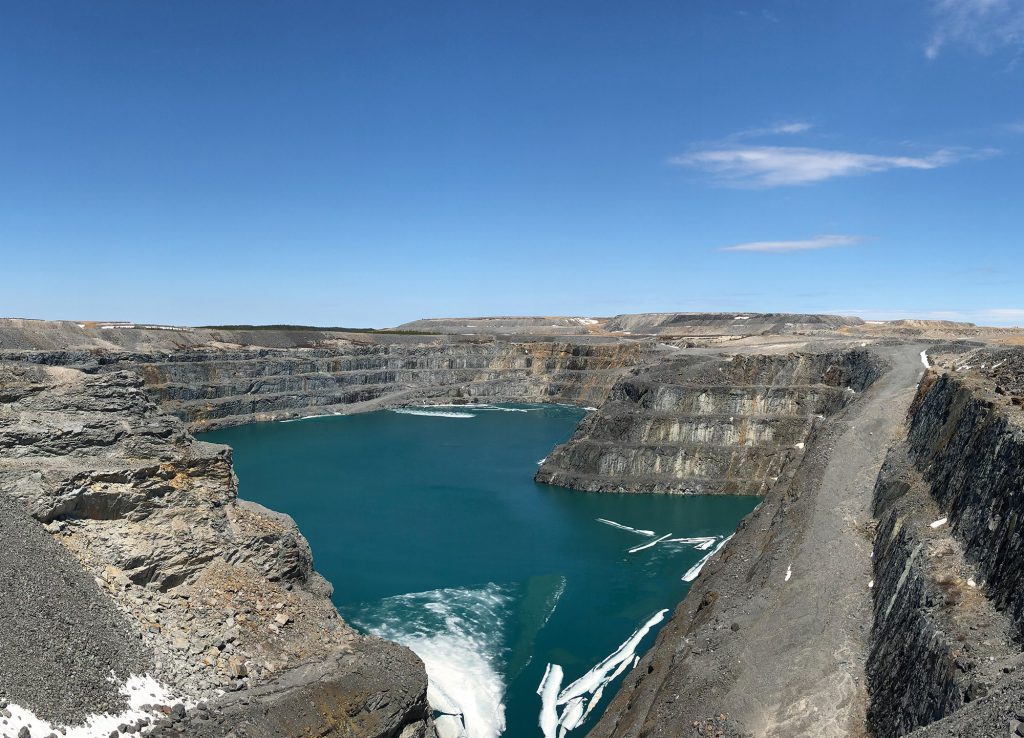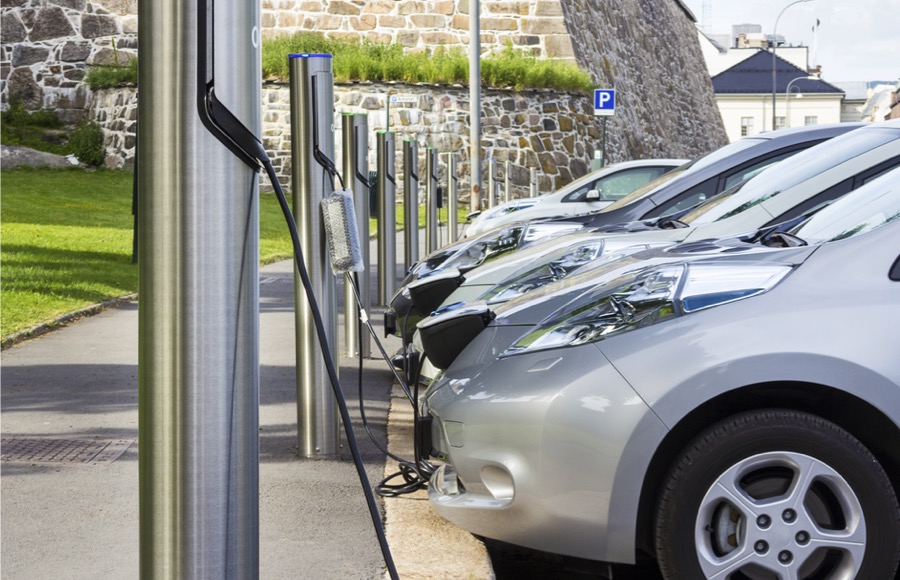Troilus Gold discovers mineralization below current resource

From 1996 until 2010, Zone 87 at the Troilus mine in Quebec was responsible for the majority of the 2 million ounces of gold and 70,000 tonnes of copper that was produced at the open-pit mining operation.
The Z87 pit ultimately ran 350 metres deep and had a strike length of about 900 metres.
Now junior explorer Troilus Gold (TSXV: TLG) is trying to bring that zone and others on its property back into production and has completed 36,000 metres of drilling this year.
The results should have a “meaningful impact” on an updated resource estimate that the company plans to finish before the start of 2019, the company’s CEO, Justin Reid, says.
Currently Troilus has a resource of 44 million indicated tonnes grading 1.27 grams gold per tonne and 0.12% copper for 1.8 million ounces of contained gold and 117 million pounds of copper. Inferred resources add 18.7 million tonnes grading 1.03 grams gold and 0.08% copper for 622,000 ounces of gold and 34.8 million pounds of copper.
Drilling this year at Z87 was designed in part to expand the underground portion of the resource down dip and along strike below the historic pit. Results released today demonstrate that the mineralization extends an additional 180 metres below the lowest level of the current inferred resource estimate.
Highlights include 1.88 grams gold per tonne and 0.1% copper over 52 metres from 675 metres downhole in Z87-018; 1.58 grams gold and 0.1% copper over 67 metres starting from a depth of 832 metres, including 2 metres of 10.03 grams gold in hole Z87-044; and 1.44 grams gold and 0.13% copper over 81 metres from 689 metres downhole in hole Z87-035.
“We believe this drilling at Z87 may be the most significant to date,” Reid stated in a news release. “We have shown the extension of Z87 significantly below our current mineral resource estimates.”
The company notes that two smaller scale historic open pits, J4 and J5, 200 metres and 1 km northeast of Z87, have the same mineralization and geology as Z87. Both J4 and J5 remain open at depth and along strike.
In addition, the company is undertaking regional exploration focusing on the extension and identification of mineralization to the northeast and southwest of the existing resource, while structural and geophysical studies are being combined with regional mapping to outline potential drill targets that should be included in Troilus Gold’s 2019 exploration program.
The Southwest Zone is one area of significant interest. The zone, about 3.5 km southwest of Z87, is located along the margin of the Troilus Diorite and surrounding volcanics. Historic intercepts from that zone included 36 metres of 1.23 grams gold and 18 metres of 1.06 grams gold.
The 4,700-hectare Troilus is northeast of the Val-d’Or district within the Frotet-Evans Greenstone Belt.
The company’s shares closed at $0.50 per share, down 9% on the day.
Over the last year Troilus has traded within a range of $0.40 and $2.25 per share.
Pierre Vaillancourt of Haywood Securities has a price target of $2.00 on the stock. “Based on the success of drilling this year, we expect the total resource to increase from the current indicated and inferred resource of 2.7 Moz @1.38g/tAuEq to closer to 4.0Moz,” he commented in a research note. “We believe a key component of the new resource estimate will be the growth in open-pittable resources from the J4 and J5 deposits, as well as the identification of higher-grade zones.”
“Valuation is cheap,” the mining analyst continued. “Based on our estimate of the economics for the Troilus mine and balance sheet items, our diluted NAV5% for Troilus is C$3.82/share, for a P/NAV of 0.13x, compared with peers at 0.36x. The stock trades at a market cap per oz. of resource of $7 per oz., compared to peers at $53 per oz.”
{{ commodity.name }}
{{ post.title }}
{{ post.date }}




Comments